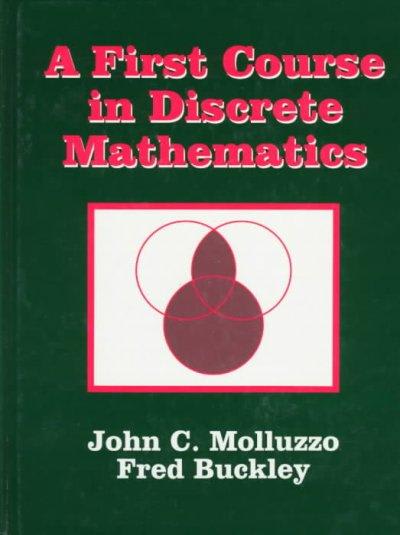Question
Recall the simple example from Appendix A of Module 1. Suppose we have one red, one blue, and one yellow box. In the red box
Recall the simple example from Appendix A of Module 1. Suppose we have one red, one blue, and one yellow box. In the red box we have 3 apples and 1 orange, in the blue box we have 4 apples and 4 orange, and in the yellow box we have 5 apples and 3 oranges. Now suppose we randomly selected one of the boxes and picked a fruit. If the picked fruit is an orange, what is the probability that it was picked from the yellow box?
Note that the chances of picking the red, blue, and yellow boxes are 50%, 30%, and 20% respectively and the selection chance for any of the pieces from a box is equal for all the pieces in that box. Please show your work in your PDF report.
Step by Step Solution
There are 3 Steps involved in it
Step: 1

Get Instant Access to Expert-Tailored Solutions
See step-by-step solutions with expert insights and AI powered tools for academic success
Step: 2

Step: 3

Ace Your Homework with AI
Get the answers you need in no time with our AI-driven, step-by-step assistance
Get Started


